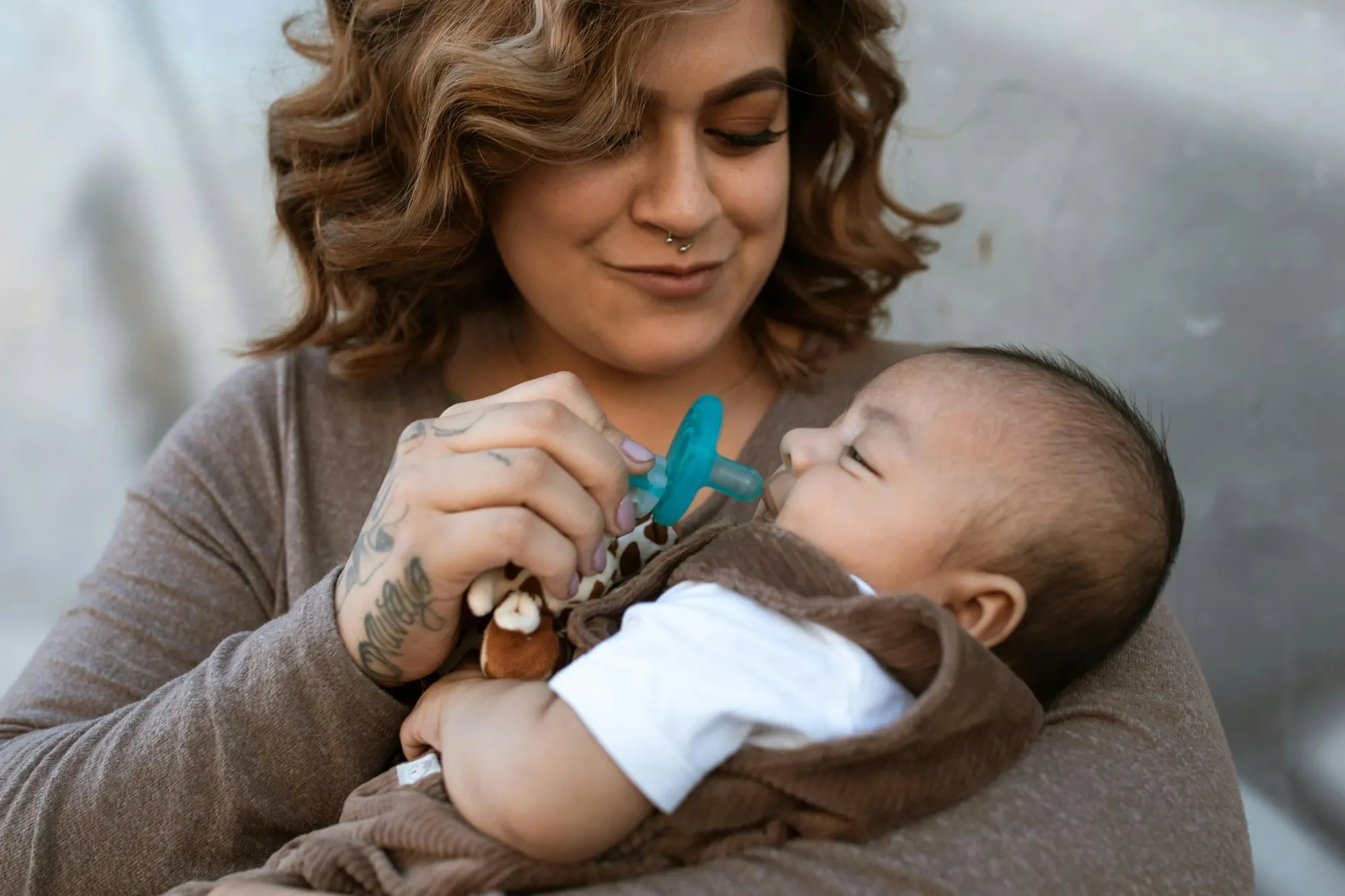Home
Pregnancy, Breastfeeding, and Pumping: The Ultimate Guide for Moms
How to Check Nipple Size for Breast Pump: A Comprehensive Guide

How to Check Nipple Size for Breast Pump: A Comprehensive Guide
Breastfeeding is a beautiful journey, but it can come with its challenges, especially when using a breast pump. One of the most overlooked yet crucial aspects is ensuring the correct nipple size for your breast pump. This guide will walk you through the steps to check your nipple size accurately, ensuring a comfortable and efficient pumping experience.
Why Nipple Size Matters
Using the correct nipple size for your breast pump is essential for several reasons. Firstly, it ensures that the pump fits snugly, preventing discomfort and potential damage to the nipple tissue. Secondly, the right size can enhance milk flow, making the pumping process more efficient. Lastly, it can help prevent issues such as nipple soreness, cracking, and even mastitis.
Understanding Nipple Anatomy
Before diving into how to check your nipple size, it's important to understand the anatomy of the nipple. The nipple is the protruding part of the breast that delivers milk to the baby. Surrounding the nipple is the areola, the darker area of skin. The size of the nipple can vary significantly from person to person, and even between breasts in the same individual.
Tools You'll Need
To accurately measure your nipple size, you'll need a few basic tools:
- A flexible measuring tape or a ruler
- A mirror (optional but helpful)
- A pen and paper to note down measurements
Step-by-Step Guide to Measuring Nipple Size
Step 1: Prepare for Measurement
Start by ensuring that you are in a comfortable and relaxed position. It's best to measure your nipple size after a warm shower or using a warm compress, as this can help the nipple to relax and become more pronounced.
Step 2: Measure the Nipple Diameter
Using your flexible measuring tape or ruler, measure the diameter of your nipple. Place the measuring tape across the widest part of the nipple, ensuring that it is flat against the skin. Note down the measurement in millimeters.
Step 3: Measure the Nipple Length
Next, measure the length of your nipple from the base to the tip. This can be done by placing the measuring tape or ruler vertically against the nipple. Again, note down the measurement in millimeters.
Step 4: Compare with Breast Pump Flange Sizes
Once you have your measurements, compare them with the flange sizes available for your breast pump. Most breast pumps come with a standard flange size, but additional sizes are often available. Choose the flange size that most closely matches your nipple diameter and length.
Common Mistakes to Avoid
When measuring your nipple size, there are a few common mistakes to avoid:
- Measuring the areola instead of the nipple: Ensure that you are measuring the nipple itself, not the surrounding areola.
- Using an incorrect measuring tool: Always use a flexible measuring tape or ruler for accuracy.
- Measuring at the wrong time: Measure your nipple size when it is relaxed and not engorged.
Tips for a Comfortable Pumping Experience
Once you have the correct nipple size, there are additional tips to ensure a comfortable and efficient pumping experience:
- Ensure that the breast pump flange fits snugly but not too tightly.
- Use lubrication if necessary to reduce friction and discomfort.
- Take breaks during pumping sessions to prevent nipple soreness.
- Clean and sterilize your breast pump parts regularly to maintain hygiene.
When to Re-measure Your Nipple Size
It's important to note that your nipple size can change over time, especially during the breastfeeding journey. Factors such as hormonal changes, weight fluctuations, and the duration of breastfeeding can all impact nipple size. Therefore, it's a good idea to re-measure your nipple size periodically, especially if you experience discomfort or changes in milk flow.
Seeking Professional Help
If you're unsure about your measurements or experiencing persistent discomfort despite using the correct nipple size, it may be helpful to seek professional advice. Lactation consultants and healthcare providers can offer personalized guidance and support to ensure a positive breastfeeding experience.
Ensuring the correct nipple size for your breast pump is a simple yet crucial step in your breastfeeding journey. By following this comprehensive guide, you can achieve a comfortable and efficient pumping experience, allowing you to focus on the joys of motherhood. Don't let discomfort hold you back—take the time to measure your nipple size accurately and enjoy the benefits of a well-fitted breast pump.
Share

